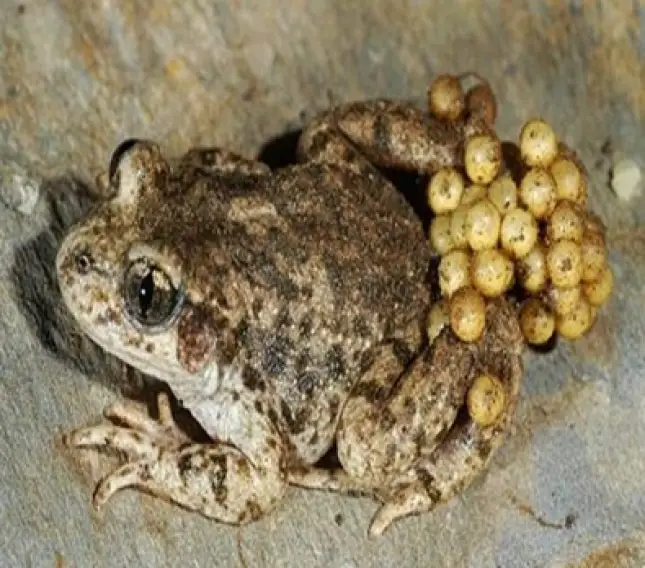Medically reviewed and approved by a board-certified member
Zoology
CLASSIFICATION OF AMPHIBIA
By BS MediaTwitter Profile | Updated: Friday, 30 June 2017 14:08 UTC

Based on characters of amphibians the present day (extant) amphibians are classified Into 3 orders.
- Order 1. Anura - (Frogs and Toads)
- Order 2. Urodela - (Salamanders)
- Order 3. Apoda - (Limbless amphibians)
Order 1. Anura
This order Anura includes frogs and toads.
- They can live in water and on land.
- The fore limbs are small, the hind limbs are long.
- In the adult stage tail is absent
- They show a pair of eyes. tympanic membranes.
- Their Life history includes a larval stage called tad-pole larva.
Eg: 1. Alytes (Mid wife toad), 2. Cacopus (Burrowing frog), 3. Xenopus (Clawed Toad), 4. Bufo.
Order 2. Urodela
This order includes Salamandars and newts. These urodelans are more in North America. Hence North America is called Head Quarters of Urodela
- The body is divisible into head, trunk and tail. Only In these amphibians tail is present. Hence these are called Urodela.
- The fore limbs and hind limbs are equal.
- The body’s not covered by scales.
- In some adults the gills are presents
- Some forms show neoteny and paedogenesis. In North India only one species is available. Tilototriton venvcosa. In South India urodelan animals are absent.
Eg: 1. Necturus, 2. Proteus (Mud puppy), 3. Molge (Newt), 4. Amblystoma
Order 3. Apoda
- These animals are limbless. Hence they me called Apoda.
- The body is long and snake like. Hence it Is called gymnophiona. The body is divisible into head and hunk. Tail is absent
- On the head two eyes are present. They covered by skin and scales. Hence they are blind (Cecaelians).
- Lungs are asymetrical.
- The skin shows minute cycloid scales. in the male apoda animals copulatory organs present.
- Fertilization is internal.
Eg: 1. lchthyophis (Limbless amphibian), 2. Gegenophis (Limbless amphibian), 3. Ureotyphlus.
End of the article